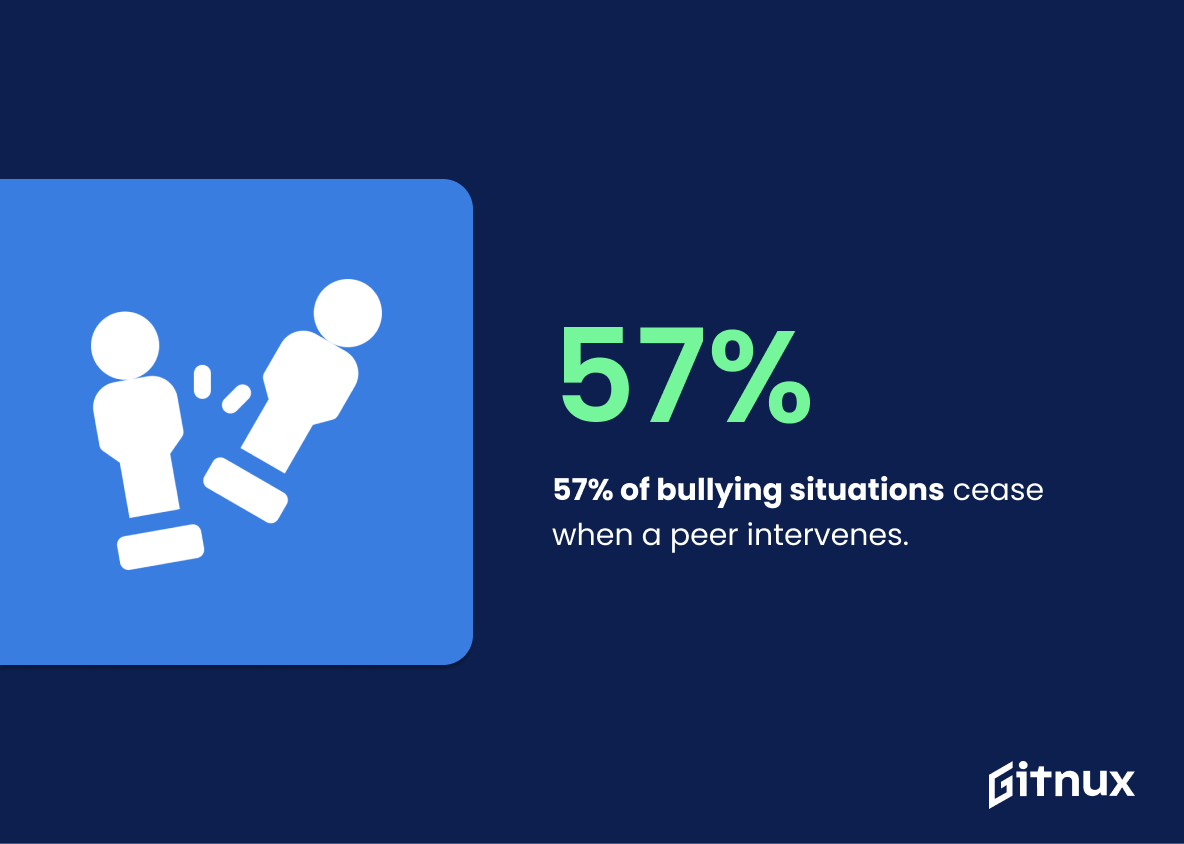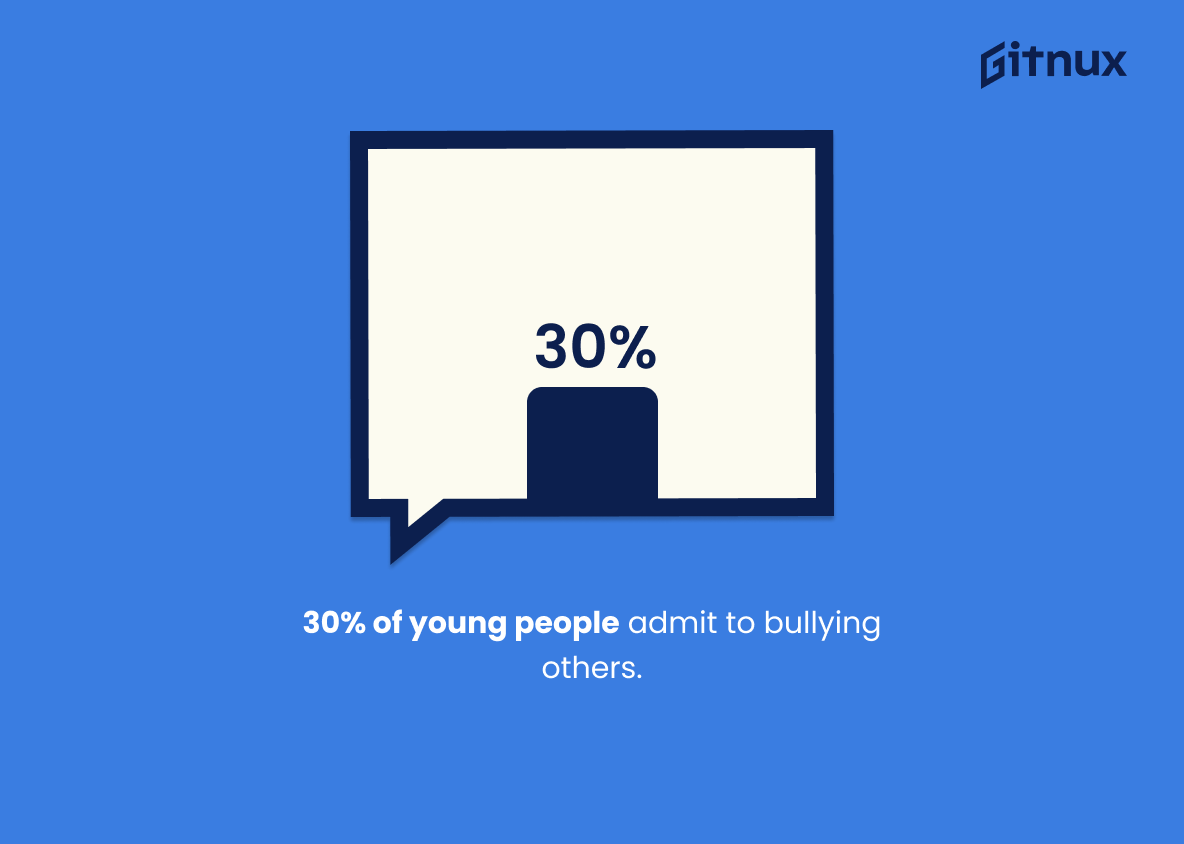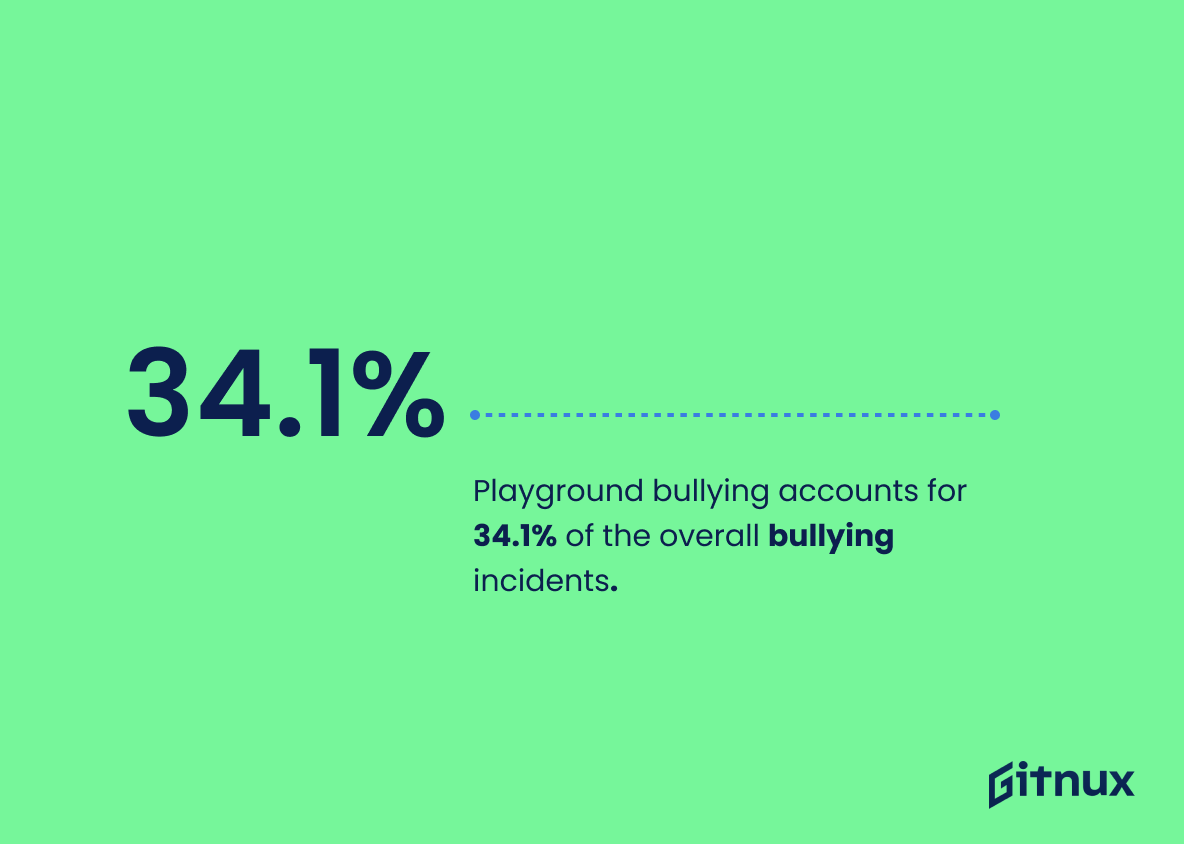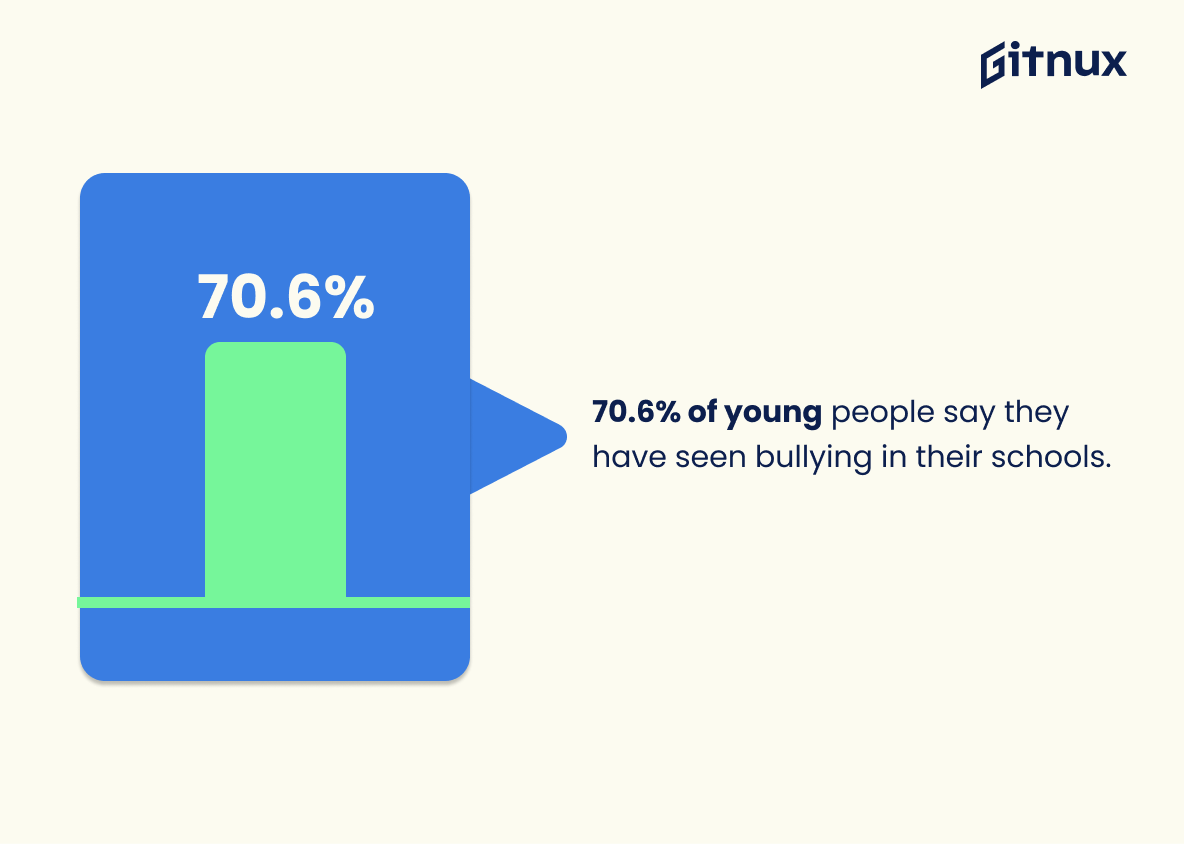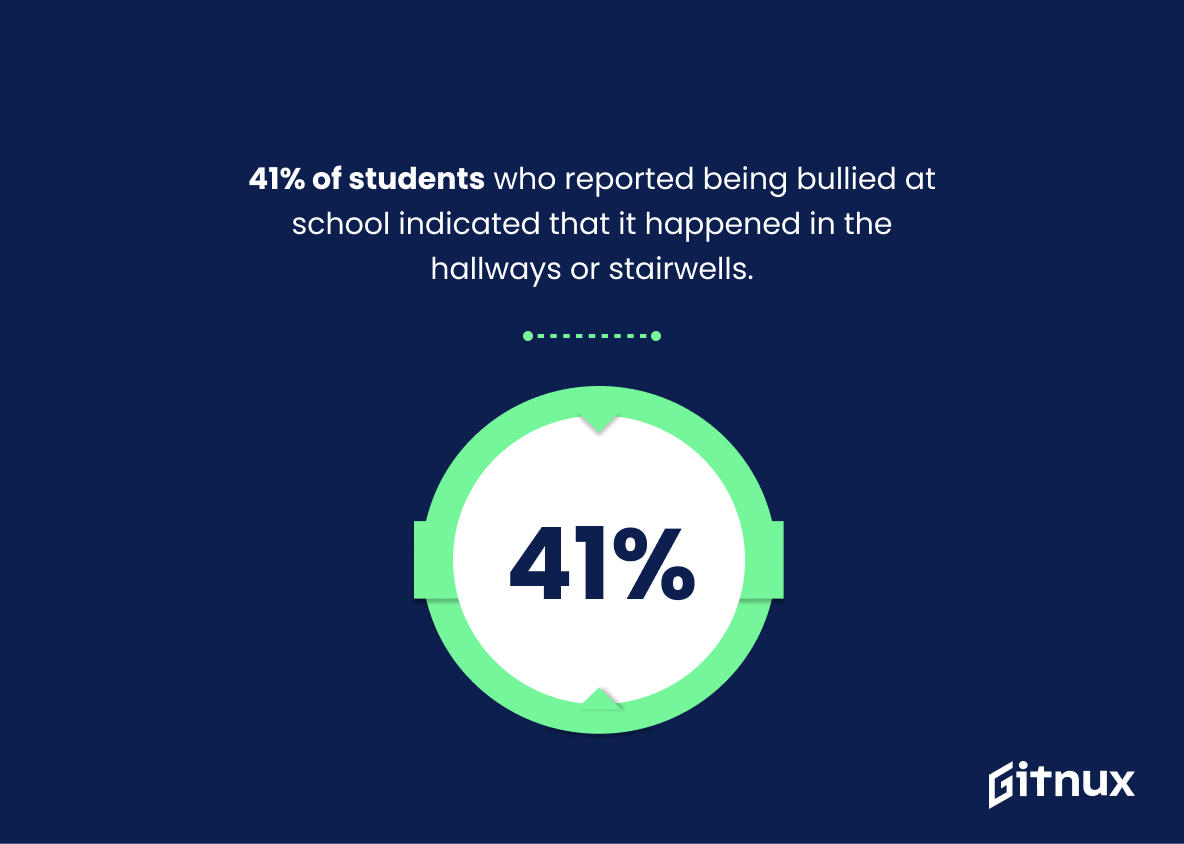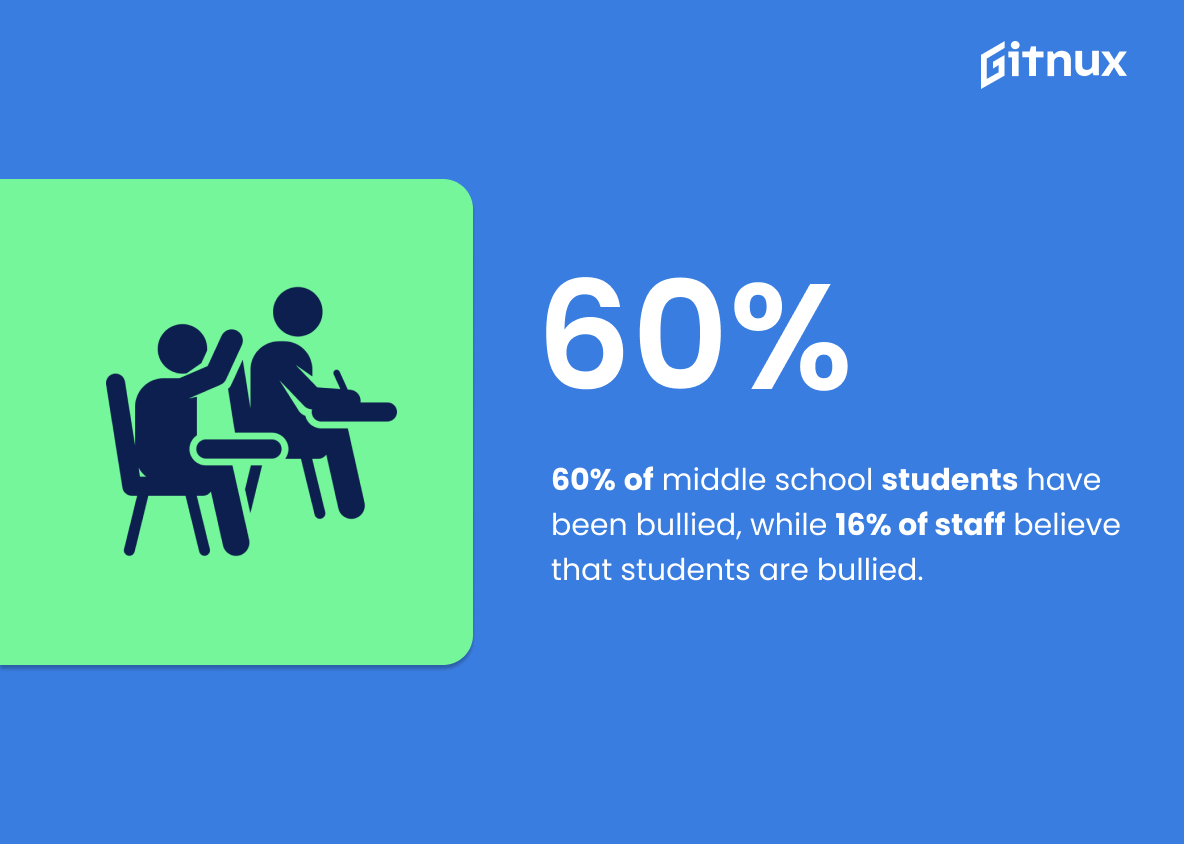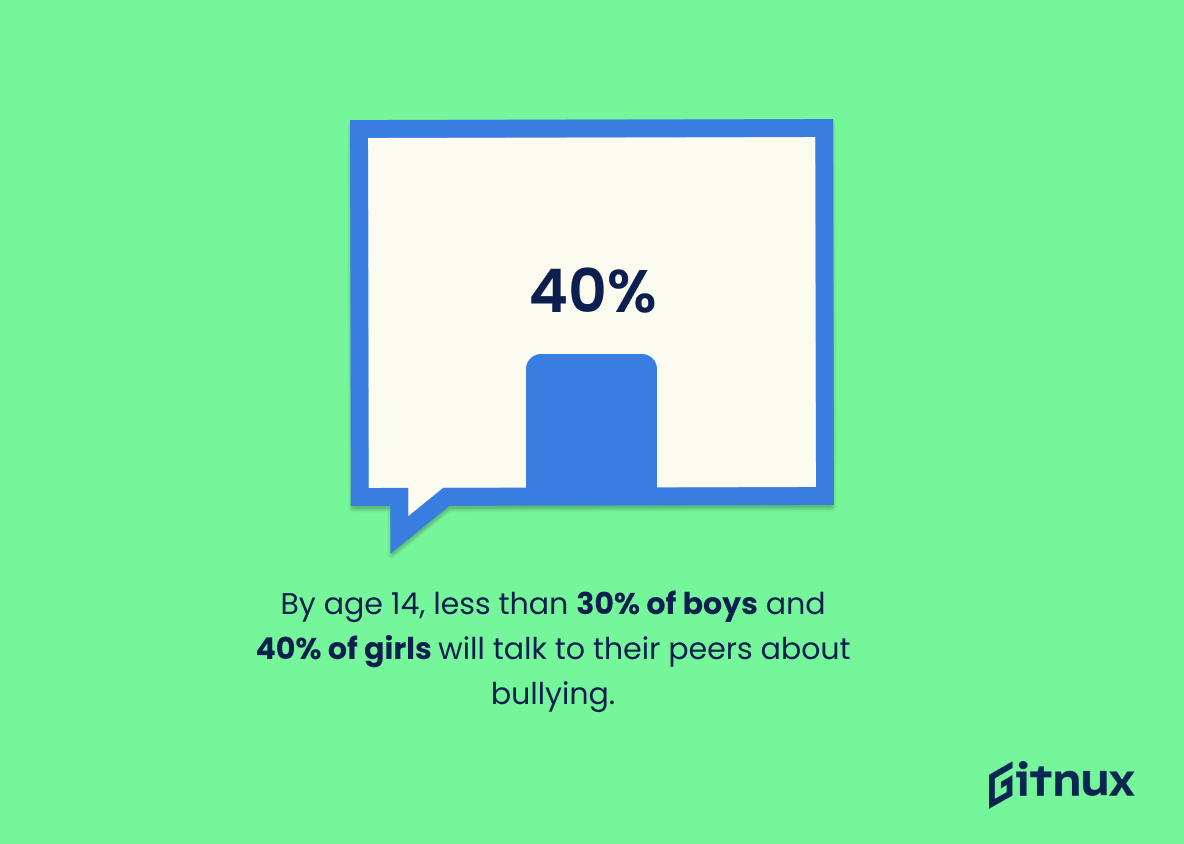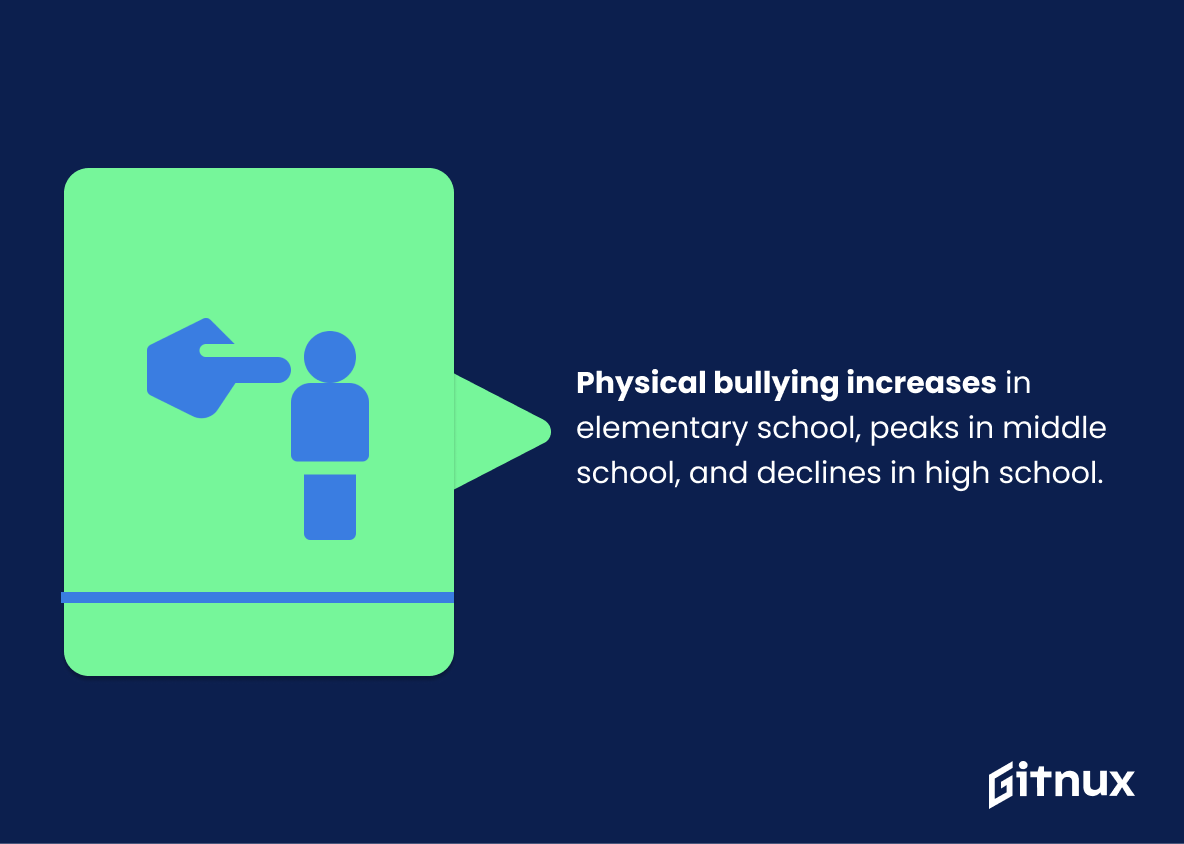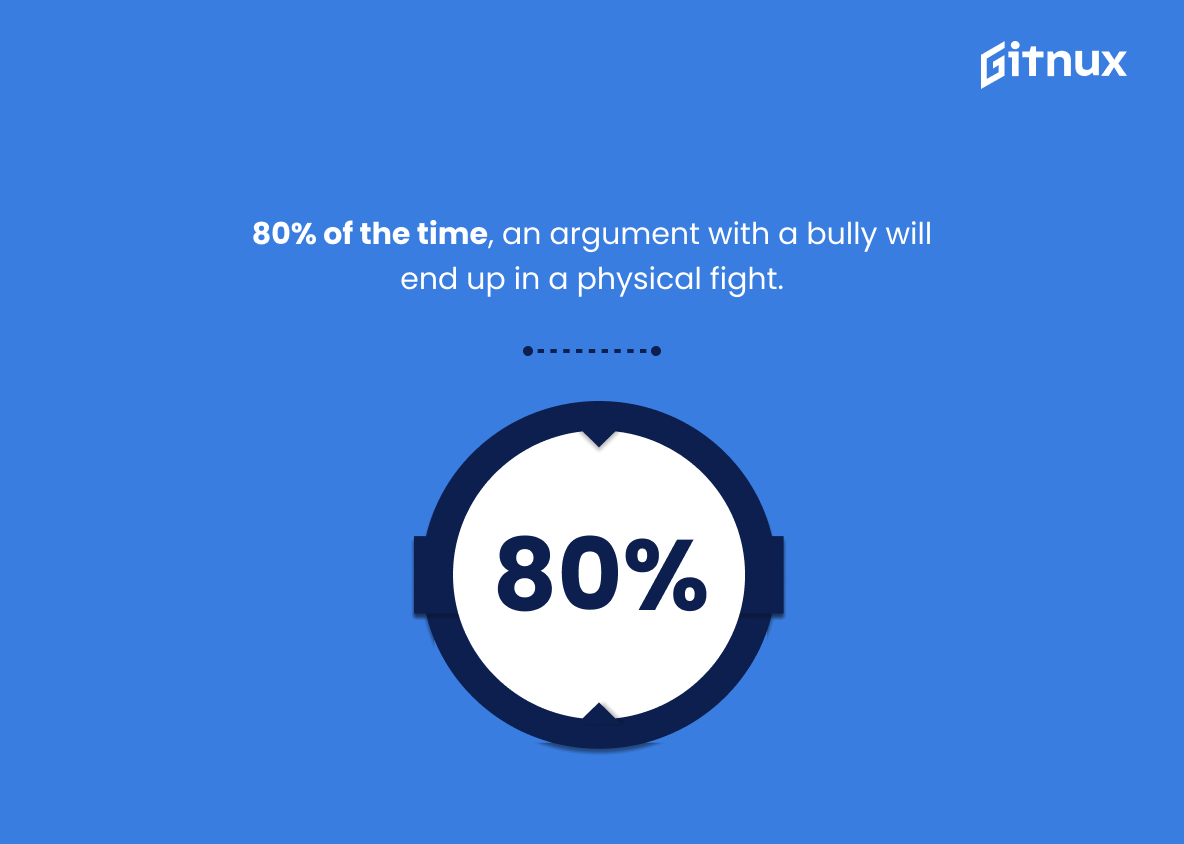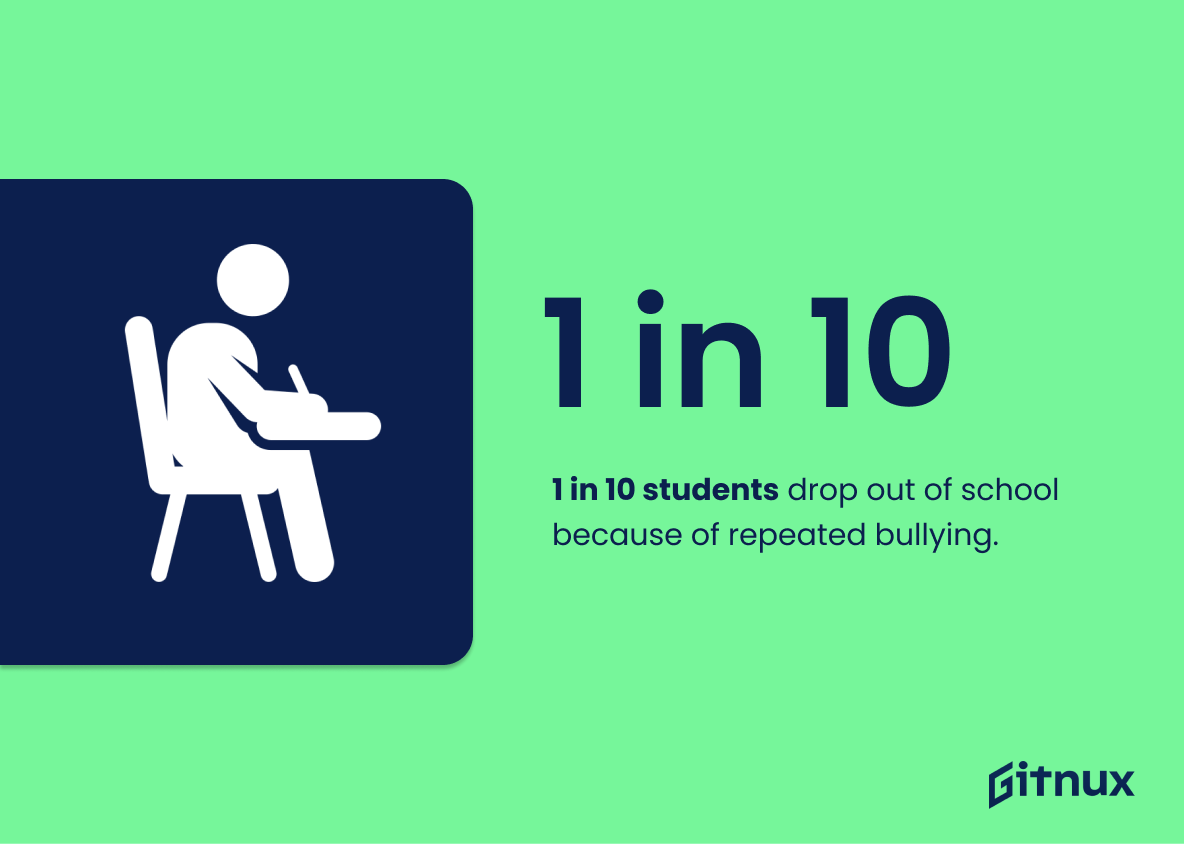Playground bullying is a serious issue that affects many children and adolescents in the United States. According to recent statistics, 20% of U.S. students report being bullied at school, while 64% of those who were bullied did not report it. Furthermore, 57% of bullying situations cease when a peer intervenes and 30% of young people admit to bullying others themselves. Playground bullying accounts for 34.1%, or more than one-third, of all reported incidents involving bullies; this statistic alone should be enough to raise awareness about the prevalence and severity of playground bullying among our youth today.
Moreover, over 160,000 students skip school every day due to fear from potential harassment or intimidation by their peers on the playgrounds – an alarming figure which further emphasizes how pervasive this problem has become in our society today. Victims are also 2-9 times more likely to consider suicide as compared with non-victims according to research conducted by JAMA Pediatrics journal; 70 percent have seen some form cyberbullying happening around them too. Girls tend towards verbal abuse whereas boys prefer physical forms such as pushing or hitting – 41 percent even said they had been victims within hallways/stairwells specifically.
Finally yet importantly: 90 percent 4th through 8th graders say they’ve experienced some sorta bully behavior before whilst only 1 outta 10 adults will actually intervene if witnessing any kind o’ mistreatment taking place between kids…and sadly 74 % aged 8–11 years old confirmed teasing & taunting was common amongst their schools too.. It’s clear that we need better education programs so everyone can learn how best handle these issues without resorting violence nor aggression but rather understanding & empathy instead.
This statistic is a stark reminder of the prevalence of bullying in U.S. schools. It serves as a call to action for parents, teachers, and administrators to take steps to address this issue and create a safe and supportive learning environment for all students.
64% of children who were bullied did not report it.
This statistic is a stark reminder of the prevalence of playground bullying, as it indicates that the majority of children who experience it are not speaking up about it. It highlights the need for greater awareness and education about the issue, as well as more support for those who are affected by it.
Playground Bullying Statistics Overview
57% of bullying situations cease when a peer intervenes.
This statistic is a powerful reminder of the potential impact of peer intervention in bullying situations. It highlights the importance of peers standing up for one another and taking action when they witness bullying. It also serves as a reminder that even small actions can have a big impact in helping to prevent bullying.
30% of young people admit to bullying others.
This statistic is a stark reminder of the prevalence of bullying among young people. It highlights the need for greater awareness and education on the issue, as well as the need for more effective strategies to prevent and address bullying in playgrounds.
Playground bullying accounts for 34.1% of the overall bullying incidents.
This statistic is a stark reminder of the prevalence of playground bullying, highlighting the need for greater awareness and action to be taken to address this issue. It serves as a call to action, emphasizing the importance of taking steps to reduce the number of bullying incidents that occur in playgrounds.
70.6% of young people say they have seen bullying in their schools.
This statistic is a stark reminder of the prevalence of bullying in schools. It shows that the majority of young people have witnessed bullying in their schools, indicating that it is a widespread problem that needs to be addressed.
41% of students who reported being bullied at school indicated that it happened in the hallways or stairwells.
This statistic is a powerful reminder that bullying is not limited to the playground, but can also occur in hallways and stairwells. It highlights the need for increased awareness and prevention of bullying in all areas of the school, not just the playground.
60% of middle school students say that they have been bullied, while 16% of staff believe that students are bullied.
This statistic is a stark reminder of the disconnect between the experiences of students and the perception of staff when it comes to playground bullying. It highlights the need for better communication between students and staff, as well as more effective strategies to address bullying in schools.
By age 14, less than 30% of boys and 40% of girls will talk to their peers about bullying.
This statistic is a stark reminder of the gender gap in communication when it comes to playground bullying. It highlights the need for more open dialogue between boys and girls about the issue, as well as the need for more education and awareness about the issue. It also serves as a reminder that boys may be more likely to suffer in silence when it comes to bullying, and that more needs to be done to ensure that they feel comfortable talking about it.
71% of school staff members have witnessed bullying.
This statistic is a stark reminder of the prevalence of bullying in schools. It shows that the issue is pervasive and that it is not going unnoticed by school staff. It is a call to action for school staff to take a more active role in addressing bullying in their schools.
Physical bullying increases in elementary school, peaks in middle school, and declines in high school.
This statistic is a crucial indicator of the prevalence of playground bullying, as it reveals the age group in which it is most likely to occur. It highlights the need for increased awareness and prevention efforts in middle school, when physical bullying is at its peak. Knowing this information can help educators, parents, and students better understand the dynamics of playground bullying and take the necessary steps to reduce it.
80% of the time, an argument with a bully will end up in a physical fight.
This statistic is a stark reminder of the potential consequences of playground bullying. It highlights the fact that, in the majority of cases, playground bullying can quickly escalate to physical violence. This is a worrying statistic that should be taken seriously, as it shows the need for effective strategies to prevent and address bullying in playgrounds.
1 in 10 students drop out of school because of repeated bullying.
This statistic is a stark reminder of the devastating effects of playground bullying. It highlights the fact that bullying can have long-term consequences, such as students dropping out of school, and should not be taken lightly. It serves as a call to action for parents, teachers, and school administrators to take steps to prevent bullying and create a safe and supportive learning environment for all students.
Based on a survey, 74% of 8 to 11-year-olds said that teasing and bullying happen at their school.
This statistic is a stark reminder that playground bullying is a pervasive issue in schools, with a majority of 8 to 11-year-olds reporting that it occurs at their school. It serves as a call to action for parents, teachers, and administrators to take steps to address this problem and create a safe and supportive environment for all students.
Conclusion
The statistics presented in this blog post demonstrate the prevalence of bullying, particularly playground bullying. 20% of U.S. students report being bullied at school and 64% of children who were bullied did not report it, indicating that many cases go unreported or unnoticed by adults. 57% of bullying situations cease when a peer intervenes, suggesting that peers can play an important role in preventing further incidents from occurring. 30% of young people admit to bullying others while 34.1%, over 160,000 students skip school every day due to fear and 41%, respectively are victims or witnesses to playground-related incidents each month; these figures indicate how pervasive the issue is among youth today.
Victims are 2 to 9 times more likely than non-victims to consider suicide and 74% say teasing and/or physical violence occurs at their schools on a regular basis – highlighting just how serious the consequences can be for those affected by such behavior as well as society overall if left unchecked.. It is clear from these facts that there needs to be greater awareness about bully prevention strategies so we can work together towards creating safe learning environments for all our children
References
0. – https://www.www.pacer.org
1. – https://www.brandongaille.com
2. – https://www.www.verywellfamily.com
3. – https://www.www.kzoo.edu
4. – https://www.www.dosomething.org
5. – https://www.www.yourlifecounts.org
6. – https://www.cyberbullying.org
7. – https://www.virginiasbdc.org
8. – https://www.nces.ed.gov
9. – https://www.www.momsteam.com
10. – https://www.www.stopbullying.gov
